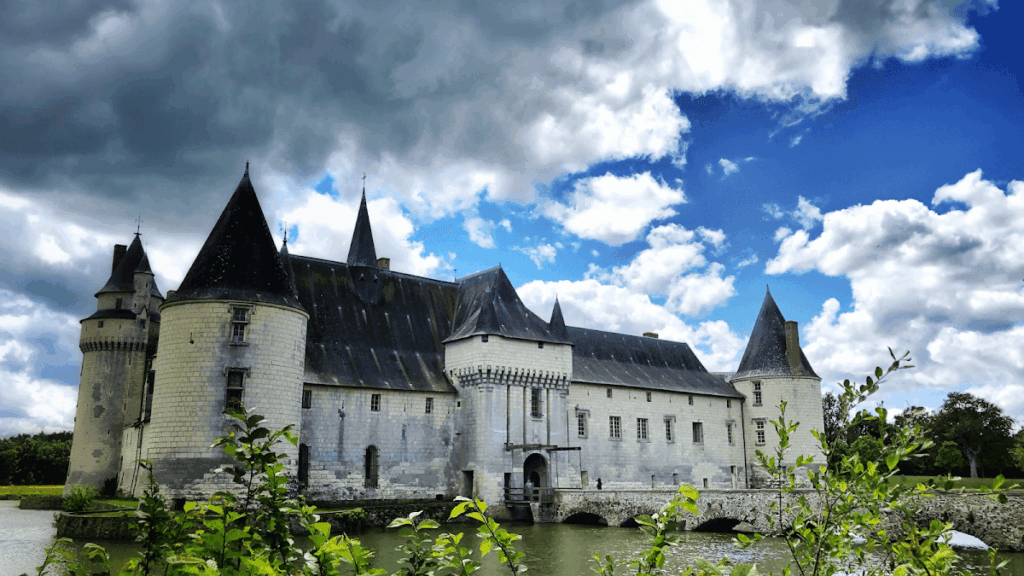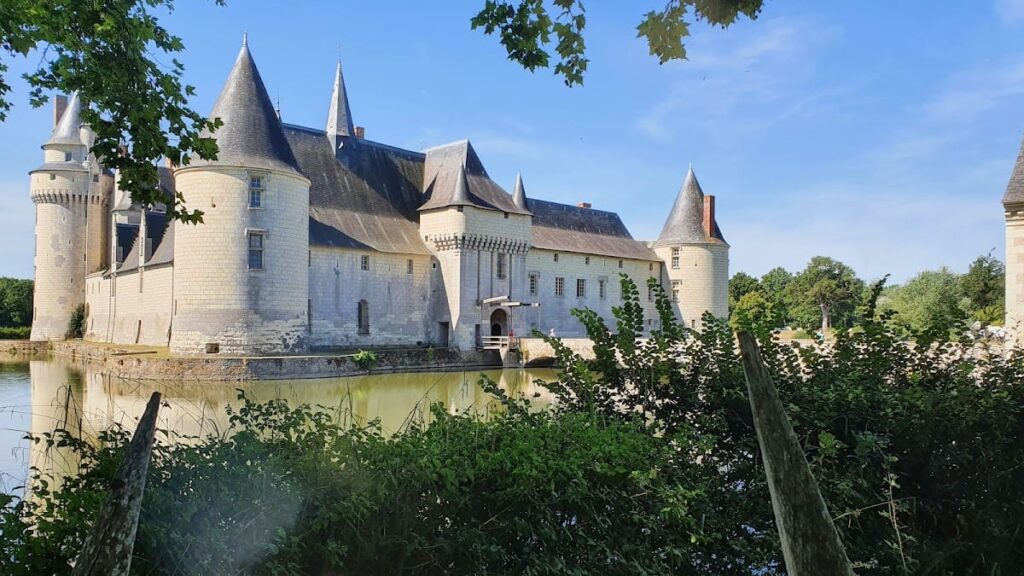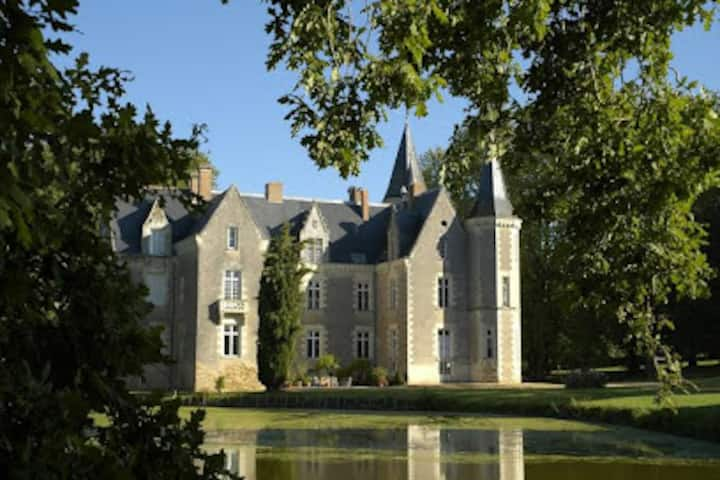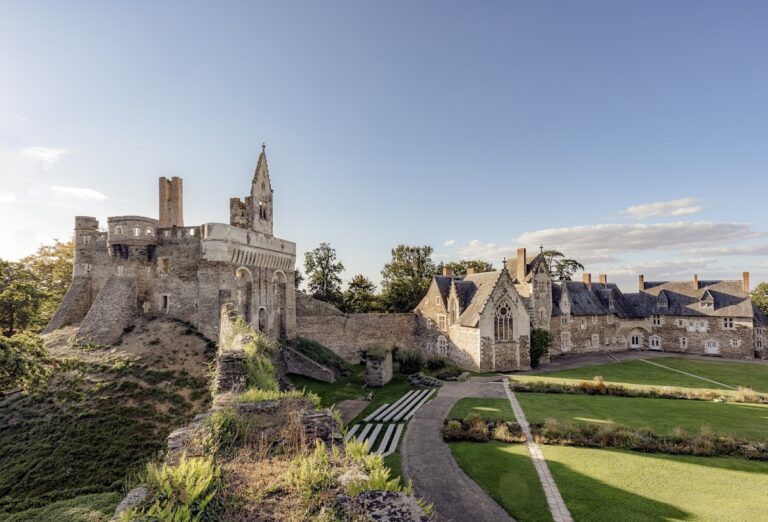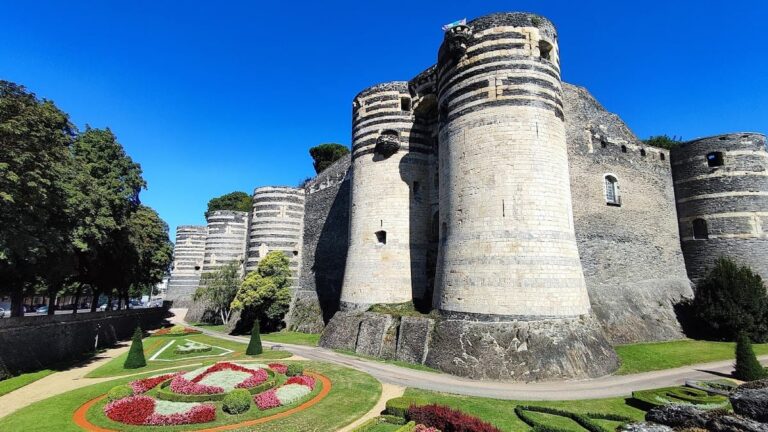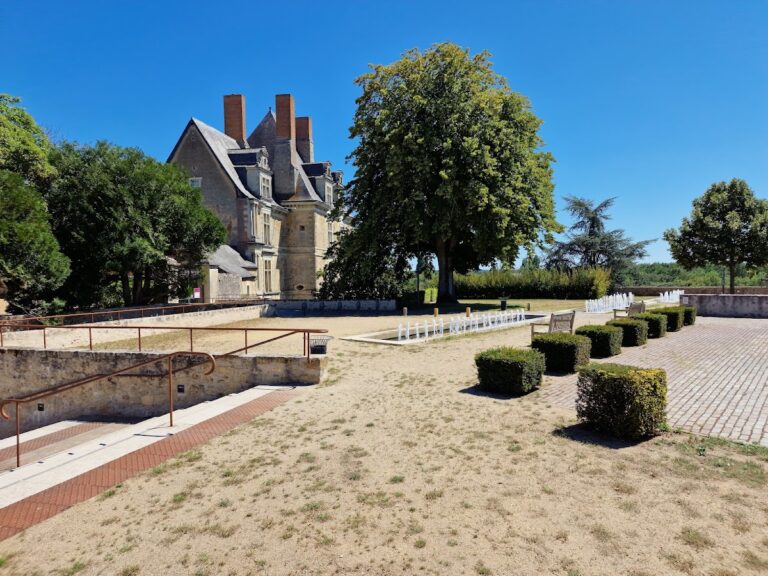Château du Plessis-Bourré: A Historic Castle in Écuillé, France
Visitor Information
Google Rating: 4.5
Popularity: Medium
Google Maps: View on Google Maps
Official Website: www.plessis-bourre.com
Country: France
Civilization: Medieval European
Remains: Military
History
The Château du Plessis-Bourré is situated in Écuillé, within the Maine-et-Loire department of France, approximately 15 kilometers north of Angers. The site originally bore the name Plessis-le-Vent during the 14th century. At that time, it belonged to Roberte de La Haye and her husband Geoffroy III des Roches. Ownership later passed to the Sainte-Maure family before Jean Bourré acquired the estate in 1462.
Jean Bourré, who served as grand treasurer and was a close advisor to King Louis XI, commissioned the construction of the current castle between 1468 and 1473. This new structure replaced the earlier manor on the site. During Bourré’s absences, his wife Marguerite de Feschal oversaw the building works. The castle gained royal attention when King Louis XI stayed there in 1473 during a pilgrimage, and later when King Charles VIII visited in 1487, accompanied by Anne de Beaujeu.
The property remained in the Bourré family for several generations before passing to the du Plessis de Jarzé family. Among its notable owners was René du Plessis (1613-1676), who had connections to the Grand Condé, a prominent French noble and military leader. In the late 17th century, the Savary de Brèves family inherited the château but began selling parts of the estate during the 18th century. In 1751, the La Planche de Ruillé family purchased the property.
The French Revolution brought turmoil to the château’s owners. Jean-Guillaume de Ruillé, a nobleman linked to the estate, was executed in 1794 during the Reign of Terror. By 1850, the castle faced near destruction when plans emerged to convert it into a quarry for tuffeau stone. Victor Avenant, a notary from Angers, intervened by purchasing the château in 1851, thus preserving it.
In 1911, Henri Vaïsse became the owner and later left the property to his nephew, François Reille-Soult de Dalmatie. François opened the château to the public and created visitor routes. Since 1985, the estate has been managed by the SCI du Plessis-Bourré, with descendants of the Reille-Soult family overseeing its care. The château, along with its moat, pond, and avenues, was officially classified as a historic monument on June 1, 1931.
During World War I, the castle was requisitioned to serve as a military hospital. In 1939, it temporarily housed the U.S. diplomatic mission when the Polish government relocated to Angers, marking its role in international affairs during a turbulent period.
Remains
The Château du Plessis-Bourré is a fortified residence that blends medieval defensive features with early Renaissance residential design. It has a rectangular plan with four large round towers at each corner. The central keep, or donjon, rises about 44 meters and includes battlements and machicolations—openings through which defenders could drop objects on attackers—modeled after those at the Château de Langeais.
Surrounding the castle are wide moats crossed by a 44-meter-long stone bridge. The entrance is protected by a double drawbridge system and a portcullis, a heavy gridded gate that could be lowered to block access. A 3-meter-wide terrace encircles the walls, allowing defenders to position artillery. The moats do not touch the walls directly, enhancing defense. The castle also features a chemin de ronde, a wall walk for guards, along with numerous arrow slits and murder holes—openings used to attack enemies below.
The main entrance faces north and is heavily fortified with machicolations and arrow slits. Renaissance influences appear in tall mullioned windows, vaulted covered galleries designed for promenades, and spacious salons. In the 17th century, the entrance and side wings were lowered so the rear wing, with three floors, became the dominant structure. Polygonal stair towers and dormer windows add architectural interest.
Inside, the large Louis XI Salon features floral wood paneling. The Parliament Room retains its original floor and ribbed vault ceiling and was used for special dinners. The Guard Room on the first floor is notable for its painted wooden ceiling, which contains 24 panels decorated with symbolic images. These include alchemical motifs inspired by mercury, sulfur, and salt, alongside proverbial and satirical scenes. These paintings were hidden in the 18th century due to their daring content.
The château houses classified artworks and furnishings, such as Flemish tapestries illustrating the Acts of the Apostles and the martyrdom of Saint Stephen. Polychrome wooden sculptures include a Virgin of Sorrows. Portraits of Jean Bourré and Marguerite de Feschal hang within, alongside still lifes by Quentin de la Tour and numerous period furniture pieces.
The grounds are designed to create the impression that the château rises directly from the surrounding water, enhancing its imposing presence. The site remains a private residence but retains its historical fabric and artistic treasures.
